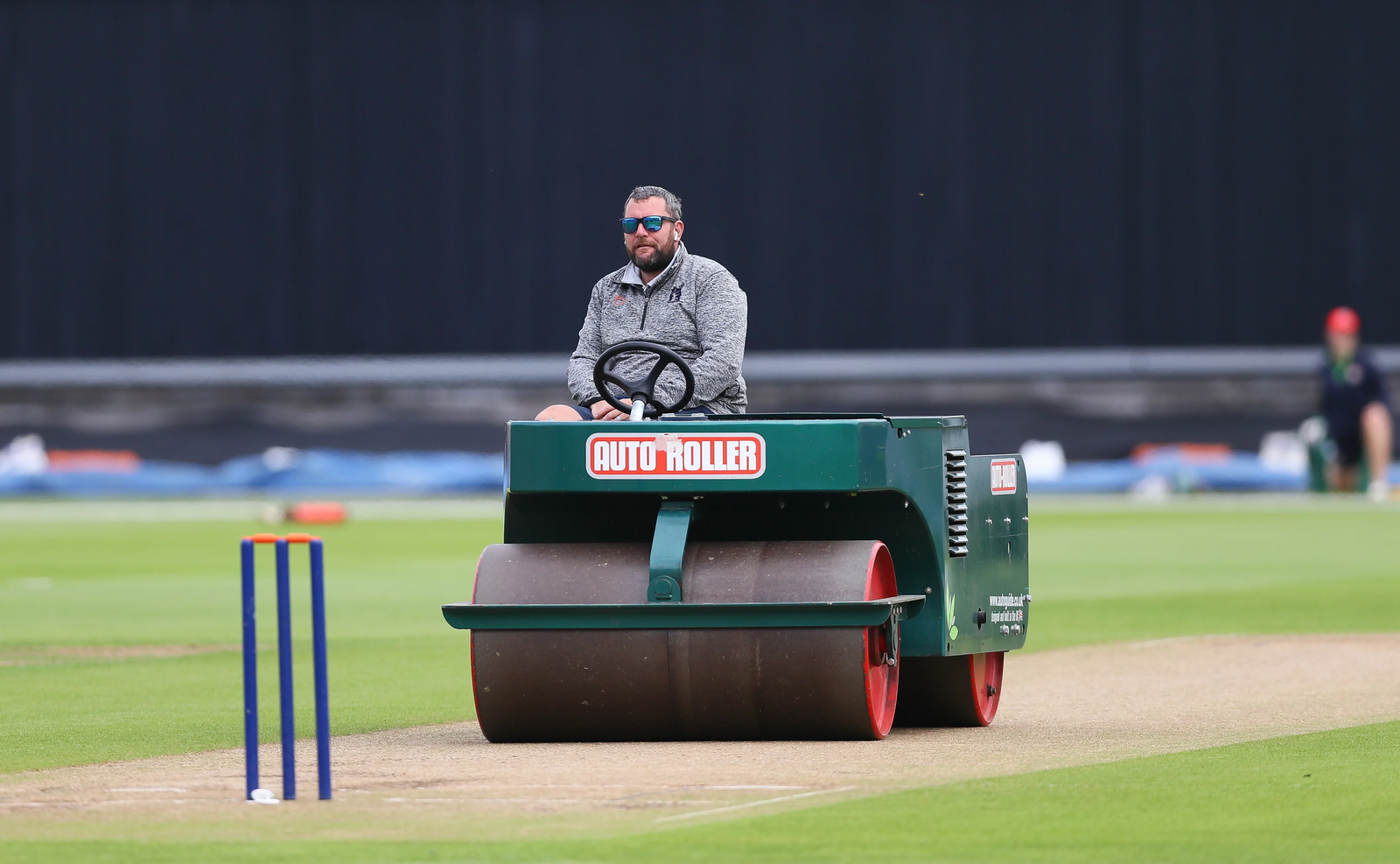How to Read Cricket Pitch, Cricket isn’t just about batting and bowling; it’s also about mastering the playing conditions. And at the heart of it all? The pitch. The 22-yard strip plays a massive role in determining the game’s outcome. A skilled player or captain doesn’t just glance at the surface—they analyze its color, texture, moisture, and even the soil composition. Want to know how to read cricket pitch like the pros? Let’s break it down!
Why Is the Pitch So Important?
The pitch dictates how the ball behaves—whether it bounces high, swings, spins, or stays low. This directly impacts batting strategies, team selection, and even field placements. Understanding the pitch can give bowlers an edge and help batters anticipate challenges. So, understanding how to read cricket pitch can be the difference between victory and defeat.
Types of Cricket Pitches
Before you learn how to read cricket pitch, it’s crucial to understand the three main types:
- Green Pitch: A grassy surface that offers seam movement and extra bounce, favoring fast bowlers.
- Dry & Dusty Pitch: Spinners love these! The dry surface cracks, giving the ball extra grip and turn.
- Flat Pitch: Batters’ paradise! Minimal assistance for bowlers, making it ideal for high scores.
Each of these requires a different approach, and identifying them early can be a game-changer when it comes to how to read cricket pitch conditions.
How to Analyze a Cricket Pitch Before the Game
1. Visual Inspection
Professionals assess the pitch as soon as they step onto the field. They look for:
- Color: Green means pace and movement, while a dry, cracked surface is a spinner’s best friend.
- Moisture: Dampness helps swing bowlers early on but makes batting easier later.
- Cracks: More cracks mean unpredictable bounce, a nightmare for batters.
2. Hardness Test
Experts often press a key or fingernail into the pitch to test hardness:
- Hard Pitch: More bounce and pace.
- Soft Pitch: Slows the ball down, making stroke play tricky.
How the Pitch Evolves Over a Match
A pitch isn’t static—it changes as the game progresses:
- Days 1 & 2: Favor fast bowlers with movement and bounce.
- Days 3 & 4: Becomes better for batting as it dries up.
- Day 5: Cracks open, creating a nightmare for batters as spinners take charge.
Test matches experience more deterioration, while T20s and ODIs tend to have more balanced conditions. Understanding how to read cricket pitch conditions is vital for strategizing throughout the match.
Impact of Weather on the Pitch
Weather plays a key role in pitch behavior:
- Sunny Days: Dries the pitch quickly, making it batting-friendly.
- Overcast Conditions: A dream for swing bowlers, as moisture aids movement.
- Rainy Weather: Can cause unpredictable bounce and turn.
Teams constantly check weather reports before finalizing their strategies.
Adapting to Different Pitches
Great players adapt their game based on the pitch:
- Fast Bowlers: Utilize seam and swing on green pitches; hit hard lengths on dry tracks.
- Spinners: Dominate worn-out, cracked pitches with revolutions and angles.
- Batters: Play late and leave wisely on fast tracks; use decisive footwork on turning pitches.
Adapting to different conditions is all about how to read cricket pitch early and adjusting tactics accordingly.
Tricks Used by Captains and Coaches
Experienced captains and coaches leave nothing to chance. Some tricks they use include:
- Rubbing soil between fingers to assess moisture.
- Reviewing past matches at the venue.
- Consulting curators who prepare the pitch.
The Science Behind Pitch Preparation
Ground staff prepare pitches differently for each format:
Test Matches: Some grass left to balance bat and ball.
ODIs & T20s: Hard, flat surfaces to encourage big scores.
Use of Rollers: Heavy rollers create a hard surface; light rollers maintain bounce.
Famous Cricket Grounds & Their Pitch Behavior
Each venue has its unique pitch characteristics:
- The WACA, Australia: Fast, bouncy, heaven for pacers.
- Eden Gardens, India: Traditionally slow, assisting spinners.
- Lord’s, England: Swing movement due to the unique slope.
- Newlands, South Africa: Lateral movement favors fast bowlers.
Myths About Cricket Pitches
There are many misconceptions about pitch behavior. Let’s bust a few!
Myths:-
Q1: Green pitches always favor fast bowlers.
- Reality: Excessive rolling can reduce seam movement.
Q2: Dry pitches always favor spinners.
- Reality: If there are no cracks, batters may still dominate.
Q3: Winning the toss guarantees victory.
- Reality: Execution matters more than the toss.
Read More: Top 10 Greatest Cricket Captains and Their Leadership Secrets
Conclusion
How to read cricket pitch isn’t just about glancing at it—it’s an art and a science. Understanding pitch color, hardness, moisture levels, and weather conditions can give teams a significant edge. The best cricketers don’t just react to the conditions; they anticipate them.
So next time you watch a match, pay attention to how captains inspect the pitch—because in cricket, intelligence is just as important as skill!







